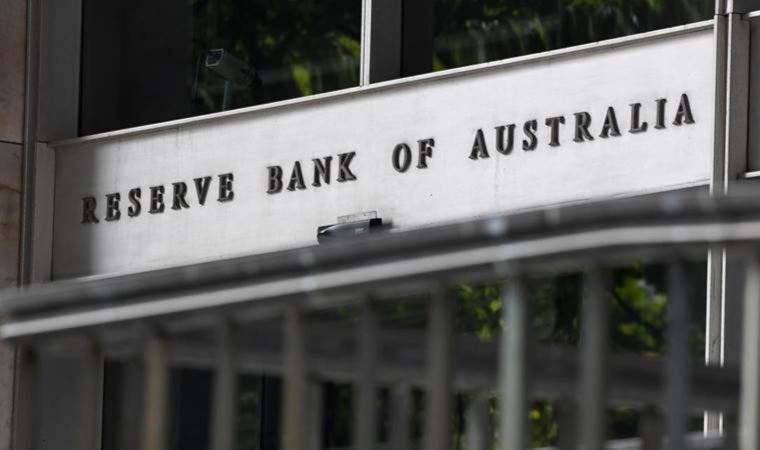While the troublesome process continues in the cryptocurrency markets, both corporate companies and government officials from many countries continue to step into blockchain technology. Officials from the Reserve Bank of Australia (RBA) announced that they are open to using the central bank digital currency (CBDC) that will be released with government approval. The token to be released will be pegged to the Australian dollar and will be a product of the central bank’s reserves.
RBA Deputy Governor Brad Jones, in his speech titled “A Tokenized Future for the Australian Financial System”, talked about the opportunities and challenges arising from the tokenization of investment assets and money in the digital age. Jones, who continued his words, also referred to the plan to use CBDCs as a form of currency.
Jones began his speech by summarizing the use of different forms of currency throughout history and how financial instruments have evolved over time. After mentioning tokenization and tokenized forms of money in the modern age, he turned to stablecoins and CBDCs:
“Tokenized transactions of fiat currencies issued by well-regulated financial institutions and backed by high-quality assets, such as government bonds and central bank reserves, can be widely used.”

Blockchain Technology and Challenges
After these words, Jones also mentioned the challenges related to the subject, drawing attention to the increased risks in stablecoins issued by private parties due to the deficiencies in regulatory guidelines. According to Jones, CBDCs prepared in the form of tokenized bank deposits can be a good choice for transaction settlement.
The deputy governor also pointed out that the introduction of tokenized bank deposits would create a small change in an existing practice, considering that deposits issued by various banks are already widely swapped and offset in the central bank’s balance sheet. However, in a payment transaction made using tokenized deposits between two parties, the transfer of balances traded on the exchange will still take place between the paying and receiving banks.
In the final minutes of the event, Jones also touched on the fast transaction times and low commission fees in this area, thanks to CBDC and blockchain technology. He shared some of the data from the CBDC pilot program conducted by the RBA. The pilot project also highlighted the opportunities for CBDC to complete privately issued new cryptocurrency projects such as tokenized bank deposits and asset-backed stablecoins.


 Türkçe
Türkçe Español
Español










